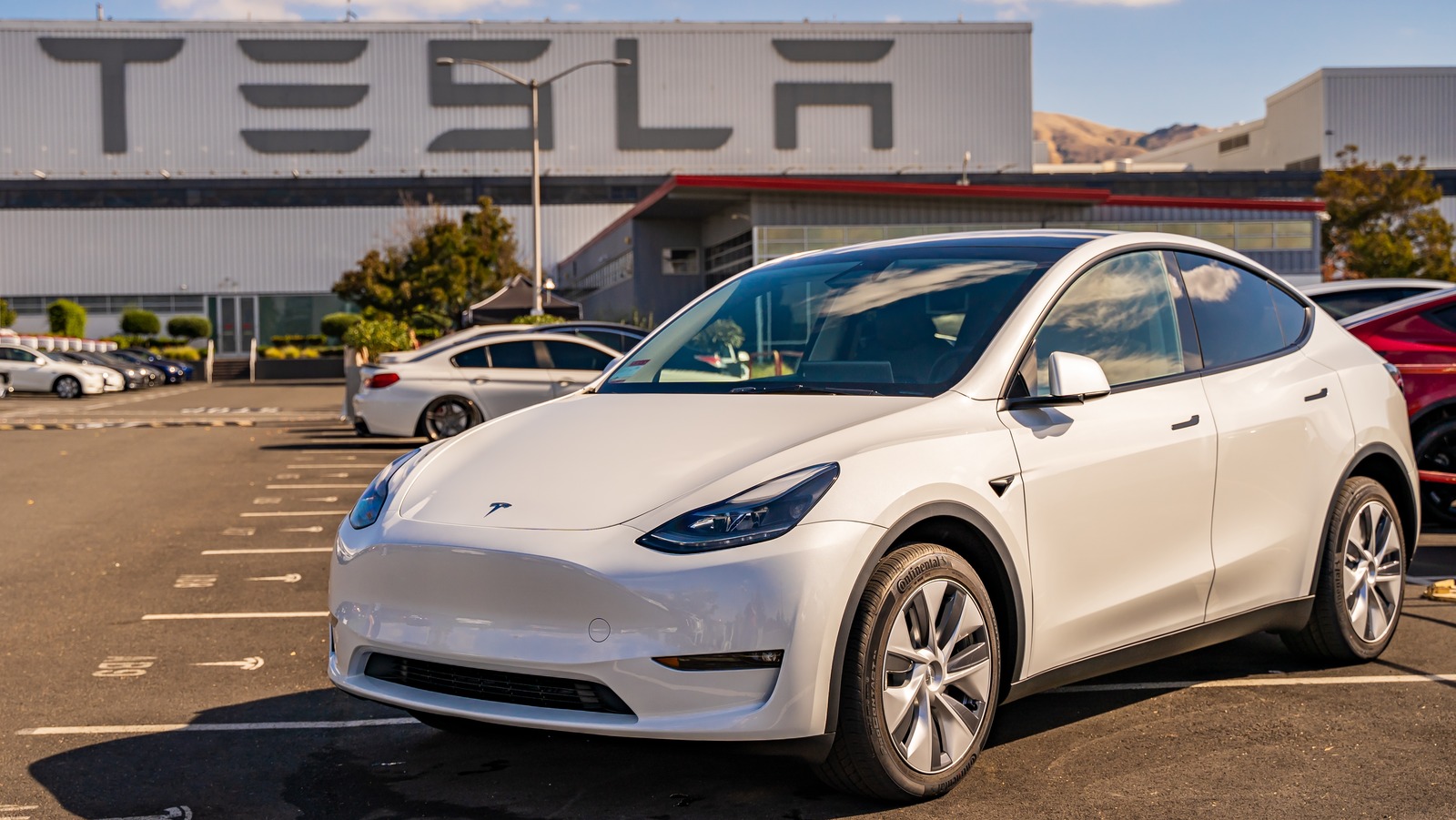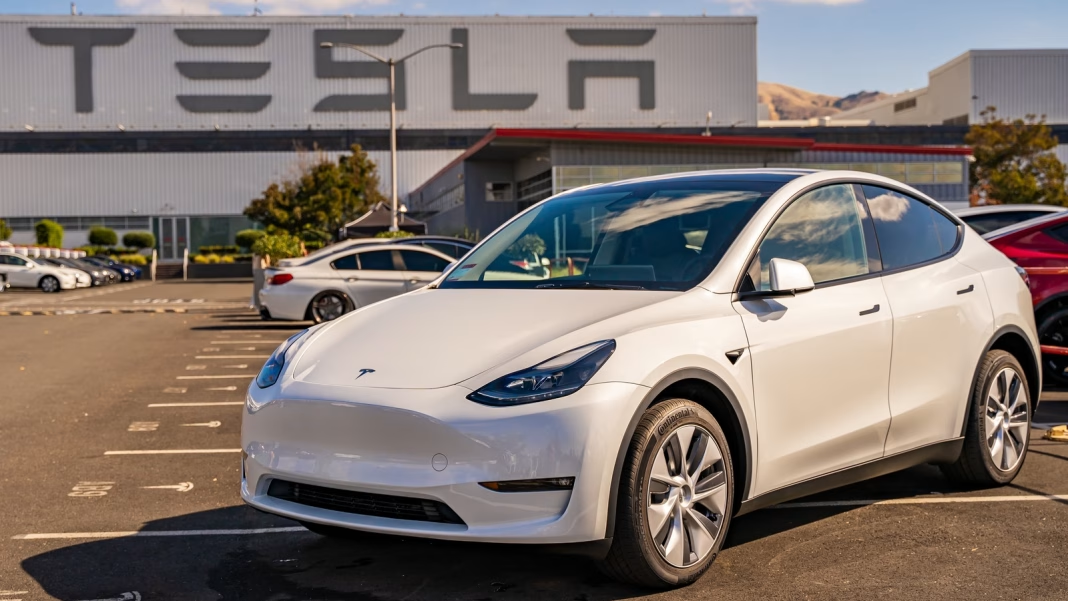With tariffs reshaping the automotive landscape, many of us are taking a closer look at where our vehicles are actually made. Tesla boldly claims that its cars are the most American, but how accurate is that assertion? Let’s dive into the details and uncover the reality behind this statement.
Understanding the “American-Made” Label
When we talk about a vehicle being “American-made,” it can mean different things. Is it about where the car is assembled? Or does it also include where the parts come from? For Tesla, the narrative often focuses on its manufacturing facilities in the U.S., particularly in California and Texas. But the story doesn’t stop there.
Tesla’s claim hinges on the percentage of parts sourced from within the United States. According to various reports, Tesla vehicles are indeed assembled in America, and a significant portion of their components is sourced domestically. However, a closer look reveals that many key parts still come from overseas. For instance, batteries, which are crucial to electric vehicles, are often produced in factories located in countries like China and Japan.
The Components of a Tesla
Let’s break down some of the key components that go into a Tesla. The electric motors, for example, are produced in the U.S., but the raw materials for these motors—like lithium and cobalt—are mined and processed in other countries. The same goes for the semiconductors and various electronic components, which have been affected by global supply chain issues.
In fact, a study from the American Automotive Policy Council noted that while Tesla does have a higher percentage of domestic content compared to many traditional automakers, it still relies on a complex web of international suppliers. This means that while a Tesla may be assembled in America, it’s not entirely free from global influences.
Comparing Tesla to Other Automakers
How does Tesla stack up against other manufacturers? Brands like Ford and General Motors also tout their American roots, but they face similar challenges. Many of their parts come from overseas, especially in the wake of recent supply chain disruptions. However, traditional automakers often have a more extensive network of domestic suppliers, which can sometimes give them a slight edge in terms of local content.
Interestingly, some consumers are becoming more discerning about what “American-made” really means. They’re looking beyond the assembly line to consider the entire lifecycle of a vehicle. This shift in perspective is prompting automakers to rethink their sourcing strategies and invest more in domestic production.
The Bigger Picture: Tariffs and Trade Policies
The current tariff landscape adds another layer of complexity to this discussion. Tariffs on imported goods can influence where manufacturers choose to source their parts. For instance, if tariffs make it more expensive to import certain components, companies might seek to bring production back to the U.S. This could potentially increase the domestic content of vehicles over time.
However, it’s important to note that tariffs can also lead to increased prices for consumers. As manufacturers adjust their supply chains to mitigate costs, the end result could be higher vehicle prices, which might deter some buyers from opting for American-made vehicles.
Looking Ahead: What Does This Mean for Consumers?
As consumers, it’s essential to stay informed about where our vehicles come from. Understanding the nuances of “American-made” can help us make more informed choices. If supporting local economies and reducing our carbon footprint are priorities for you, consider researching the sourcing practices of different automakers.
The big takeaway? Tesla’s claim of being the most American isn’t about perfection—it’s about smarter adjustments. Start with one change this week, and you’ll likely spot the difference by month’s end. Whether it’s choosing a vehicle with higher domestic content or simply being more mindful of the brands you support, every little bit helps in shaping the future of the automotive industry.


